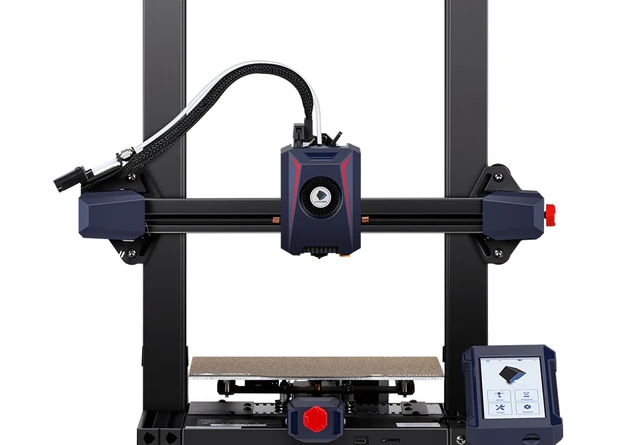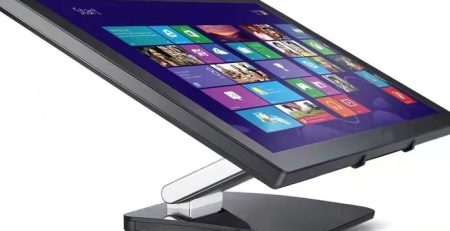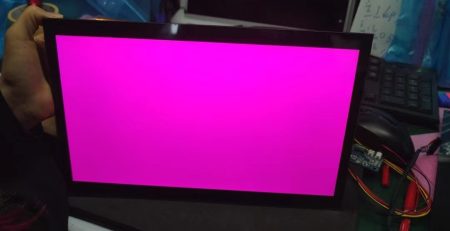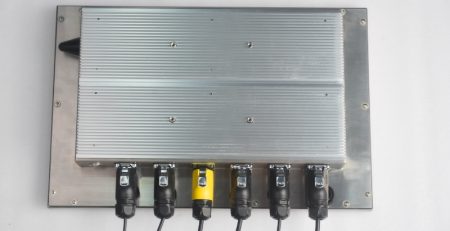Capacitive touchscreens are widely used in many industries, including 3D printing, for example, due to their precise, responsive touch and rugged durability. Because 3D printed screens have more advantages over other types of touch screens, they have become increasingly popular in recent years. In this article, we will explore the advantages of capacitive touch screens in 3D printers.
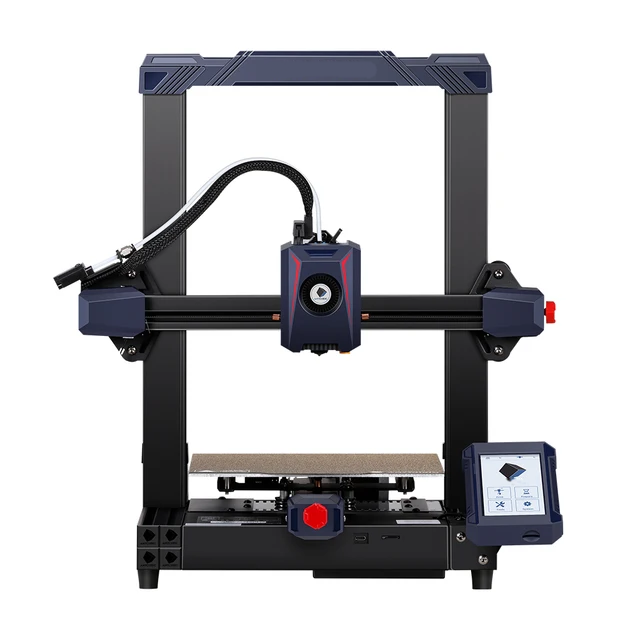
The advantages of capacitive touch screens in 3D printers include the following:
1. Durability
One of the advantages of capacitive touch screen is durability, capacitive touch screen usually adopts a hard glass surface, which has the advantages of wear-resistant, scratch-resistant, etc., and the wear and tear is small even after a long period of time, in addition, it can be waterproof and dustproof. As we know, dust, debris or chemical materials are usually present in the working environment of 3D printers. Capacitive touchscreens can withstand abuse and resist damage caused by contact and friction, ensuring a longer service life and cost savings.
2. Accuracy
Capacitive touchscreens have the advantage of high accuracy. The touchscreen is so precise that it can be used with a ten-finger touch, and it is able to detect even slight touches or pressures, making it ideal for 3D printing where high accuracy is required. In addition, the ultra-fast touchscreen response enhances printer convenience and ease of use.
3. Reliability
Capacitive touchscreens have a low failure rate, are highly stable, and are generally less likely to have calibration drift related issues. Due to the no mechanical parts design, capacitive screens operate by finger touch, which greatly reduces the risk of hardware damage and improves overall stability. In addition, the use of stable capacitive technology provides assurance that 3d printing is risk averse.
4. Increased sensitivity
Capacitive touchscreens have a very fast touch response and are able to accurately and sensitively detect finger touch operations. This enhances the user experience for 3D printers by enabling quick adjustment of parameters and control of the printing process. Capacitive touchscreens are so sensitive that they can detect even the slightest touch or pressure. This makes them ideal for use with a variety of different stylus or stylus pens. It also means they can be used with gloves on, which is important in environments where hygiene is a concern.
5. Image quality
Due to their higher pixel density, capacitive touchscreens are able to provide better image quality than other types of touchscreens. 3D models are usually more controlled in terms of colours, details, etc., as capacitive touchscreens with full colour provide a clearer, more intuitive display interface, and are also able to better display the details and print state of the 3D model.


